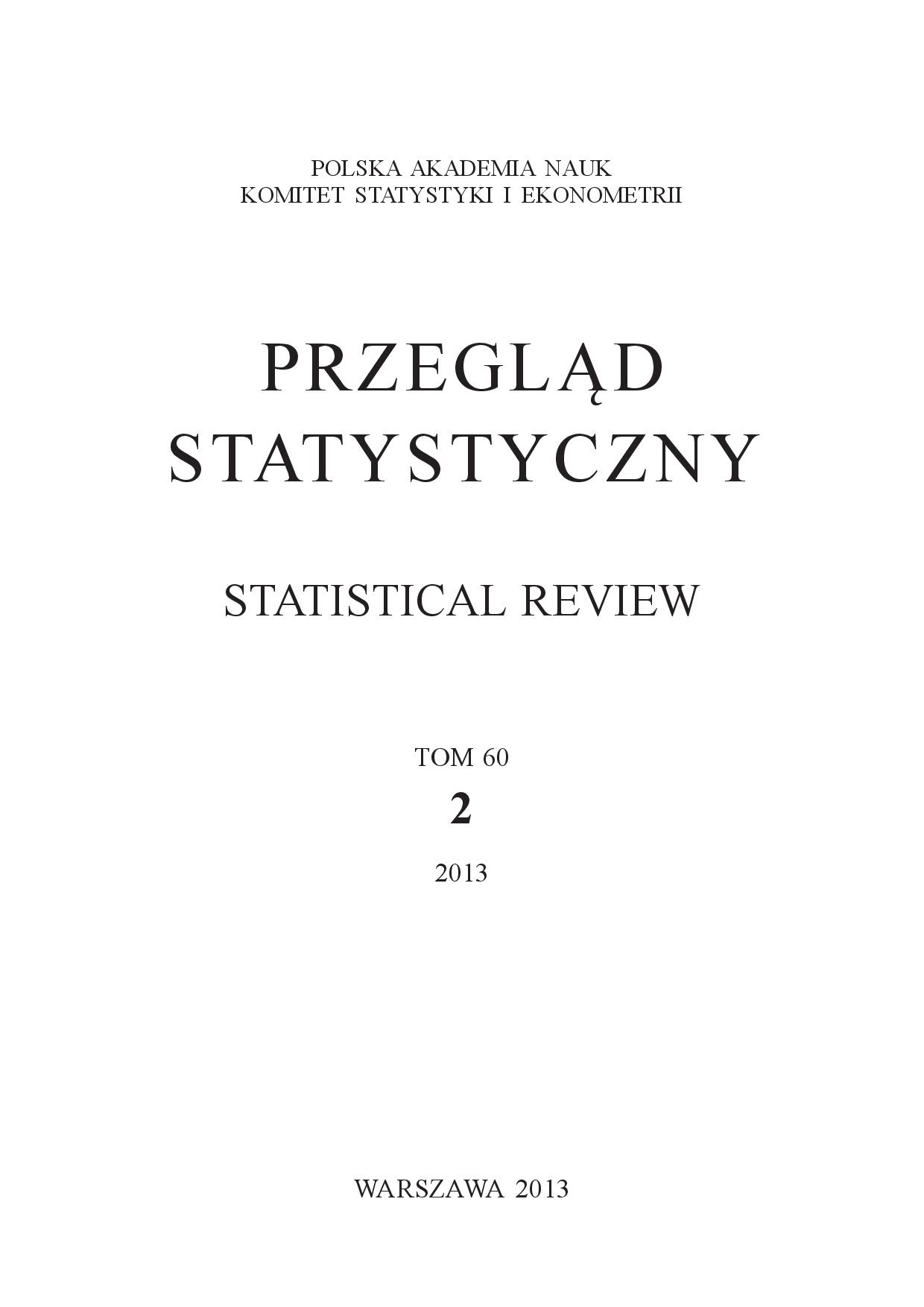Makroekonomiczny model przestępczości i systemu egzekucji prawa dla Polski. Struktura i własności w świetle analizy mnożnikowej
Macroeconomic Model of Crime and of the Law Enforcement System for Poland. Structure and Properties in the Light of Multiplier Analysis
Author(s): Waldemar FlorczakSubject(s): Economy, Law, Constitution, Jurisprudence, Criminal Law, Socio-Economic Research
Published by: Główny Urząd Statystyczny
Keywords: crime; determinants of crime; multi-equation econometric models; multiplier analysis; model properties
Summary/Abstract: In this article, being a continuation to Macroeconomic model of crime and of the law enforcement system for Poland. Equations’ specification and the results by the same author, are discussed the structure and the properties of the WF-CRIME model of the Polish law enforcement system. The model is the very first attempt in Poland – and one of few such constructs in the world – to embrace all the chains of the criminal justice system within a macroeconometric framework.The multiplier analyses performed on the model testify to its desirable – both essential and statistical – properties. Much as simultaneous, nonlinear and dynamic the model is, it still responds to shocks in an adequate manner, which proves its practical value.Comparison of the model’s responses to both legal and environmental exogenous shocks shows that the efficiency of the former factors in reducing crime is much lower than that of the latter. From among the available administrative measures of affecting crime it seems sensible to shift more means in the first place to the justice, with the public safety to follow, whereas increasing expenditure on the prison system seems ineffective.
Journal: Przegląd Statystyczny. Statistical Review
- Issue Year: 60/2013
- Issue No: 2
- Page Range: 211-234
- Page Count: 24
- Language: Polish

